#treme hbo
Text
🤩 Sonny 🤩



Michiel as Sonny in "Treme" (2010)
#michiel huisman#best actor#treme#treme edit#treme hbo#nola#bedhead is the best#heel mooi#his holy hotness#but his beard tho#the affliction#michielhuismanedit#michielhuisman#my gifs
9 notes
·
View notes
Text
Sonny in sunglasses. You’re welcome! 💙
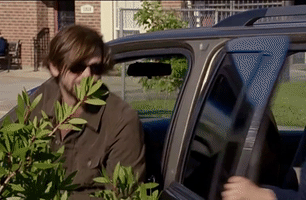
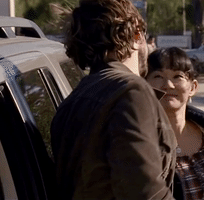


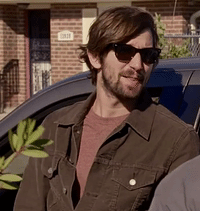
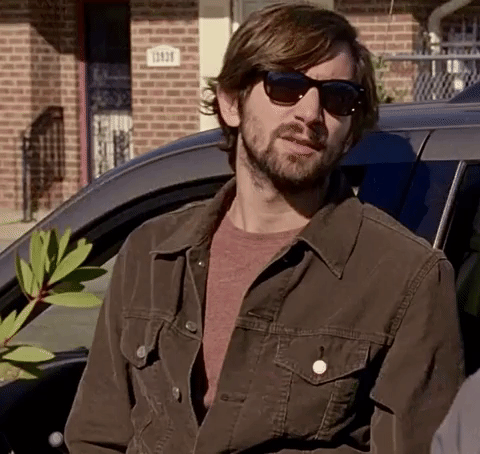
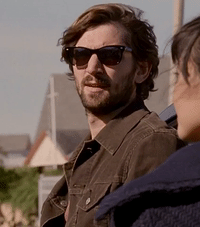
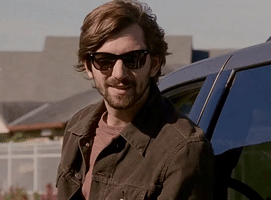
#addicted to michiel#michiel huisman#swoon worthy#stanning michiel#perfection#he’s so hot i can’t even stand it#michiel obsessed#michiel huisman appreciation#dimple alert#michiel huisman edit#mhuismanedit#michielhuisman#sonny#treme hbo#treme#sunglasses#my gif edit
28 notes
·
View notes
Note
dove career anon here! (i meant to come back earlier but i've been fighting for my life at work)
what do dove and austin like to do in their off time when they're not working? what shows/movies do they like to watch togther or any books they're currently obsessed with?
listen anon, my darling career anon, you're talking to someone who basically only ever posts actual fics on tuesdays and wednesdays now because of work and being exhausted. and is both anxiety ridden over losing four hours of pay every week for the foreseeable future but also so deliriously happy they don't have to wake up at two am instead of four am two days out of the week now. which is to say- ya girl gets you. but to answer your question?
if we're also calling reading scripts working, i'll take that out of the mix. but usually they end up going to restaurants together first off, part of it is austin's whole thing with restaurants and part of it is that sometimes- as great as austin's cooking is she wants something they doesn't involve dishes they have to clean. they also weirdly enough work out together with the caveat that she's doing like swimming/yoga/bit of strength training and austin is very rarely doing the same thing. he says it's so they don't step on each other but it's really so he can watch her do like a downward dog while on the treadmill or watch her come out of the pool looking all wet.
as far as shows, dove got austin hooked on bridgerton and is whispering in everyone's ears that austin has to do a period piece soon for her own sense of wellbeing. beyond that they're fans of like old school hbo stuff- though austin went through this weird hbo war phase that stuck with him that dove doesn't understand around the masters of air filming apparently. so basically the wire, treme, etc. honestly a lot of their films/tv habits revolve around their next projects genre wise just to keep them both kind of focused? if that makes sense?
and as far as books. austin and her do not intersect unless one of them reads a very good one. it's how she got to know don winslow's work and all that jazz. but bless her soul she takes her recommends from book tiktok. it...does not always end well. austin still makes fun of her for the one surprise monster smut incident.
"if you wanted to explore tentacle porn you should have just asked, dove." "i am going to smother you in your sleep and no one will convict me, daddy."
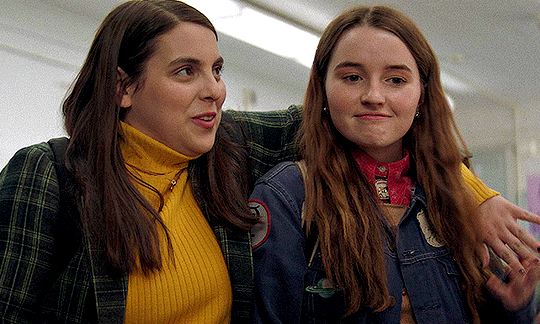
#austin butler x priscilla actress reader#dove series#little dove series#you read your lines so cleverly and never missed a cue#i never add taglists and won't ever unless they turn into little crumbs of fics. in case anyone wonders.#ally writes
8 notes
·
View notes
Text
A Look Back at What Made HBO’s ‘Treme’ a Slow Burn Worth Watching – Black Girl Nerds
0 notes
Text
Judged purely on style, HBO’s “True Detective” is a great show. Every week, it offers up shiver-inducing cable intoxicants, from an over-the-top action sequence so liquid it rivals a Scorsese flick to piquant scenes of rural degradation, filmed on location in Louisiana, a setting that has become a bit of an HBO specialty. (“Treme” and “True Blood” are also set there.)
Like many critics, I was initially charmed by the show’s anthology structure (eight episodes and out; next season a fresh story) and its witty chronology, which chops and dices a serial-killer investigation, using two time lines. In the nineteen-nineties, two detectives, Marty Hart and Rust Cohle (Woody Harrelson and Matthew McConaughey), hunt down a fetishistic murderer, the sort of artsy bastard who tattoos his female victims, then accessorizes them with antlers and scatters cultish tchotchkes at the crime scene. In the contemporary time line, these ex-partners are questioned by two other cops, who suspect that the murders have begun again. If you share my weakness for shows that shuffle time or have tense interrogations—like the late, great “Homicide” or the better seasons of “Damages”—you might be interested to see these methods combined. The modern interviews become a voice-over, which is layered over flashbacks, and the contrast between words and images reveals that our narrators have been cherry-picking details and, at crucial junctures, flat-out lying. So far, so complex.
On the other hand, you might take a close look at the show’s opening credits, which suggest a simpler tale: one about heroic male outlines and closeups of female asses. The more episodes that go by, the more I’m starting to suspect that those asses tell the real story.
This aspect of “True Detective” (which is written by Nic Pizzolatto and directed by Cary Fukunaga) will be gratingly familiar to anyone who has ever watched a new cable drama get acclaimed as “a dark masterpiece”: the slack-jawed teen prostitutes; the strippers gyrating in the background of police work; the flashes of nudity from the designated put-upon wifey character; and much more nudity from the occasional cameo hussy, like Marty’s mistress, whose rack bounces merrily through Episode 2. Don’t get me wrong: I love a nice bouncy rack. And if a show has something smart to say about sex, bring it on. But, after years of watching “Boardwalk Empire,” “Ray Donovan,” “House of Lies,” and so on, I’ve turned prickly, and tired of trying to be, in the novelist Gillian Flynn’s useful phrase, the Cool Girl: a good sport when something smells like macho nonsense. And, frankly, “True Detective” reeks of the stuff. The series, for all its good looks and its movie-star charisma, isn’t just using dorm-room deep talk as a come-on: it has fallen for its own sales pitch.
To state the obvious: while the male detectives of “True Detective” are avenging women and children, and bro-bonding over “crazy pussy,” every live woman they meet is paper-thin. Wives and sluts and daughters—none with any interior life. Instead of an ensemble, “True Detective” has just two characters, the family-man adulterer Marty, who seems like a real and flawed person (and a reasonably interesting asshole, in Harrelson’s strong performance), and Rust, who is a macho fantasy straight out of Carlos Castaneda. A sinewy weirdo with a tragic past, Rust delivers arias of philosophy, a mash-up of Nietzsche, Lovecraft, and the nihilist horror writer Thomas Ligotti. At first, this buddy pairing seems like a funky dialectic: when Rust rants, Marty rolls his eyes. But, six episodes in, I’ve come to suspect that the show is dead serious about this dude. Rust is a heretic with a heart of gold. He’s our fetish object—the cop who keeps digging when everyone ignores the truth, the action hero who rescues children in the midst of violent chaos, the outsider with painful secrets and harsh truths and nice arms. McConaughey gives an exciting performance (in Grantland, Andy Greenwald aptly called him “a rubber band wrapped tight around a razor blade”), but his rap is premium baloney. And everyone around these cops, male or female, is a dark-drama cliché, from the coked-up dealers and the sinister preachers to that curvy corpse in her antlers. “True Detective” has some tangy dialogue (“You are the Michael Jordan of being a son of a bitch”) and it can whip up an ominous atmosphere, rippling with hints of psychedelia, but these strengths finally dissipate, because it’s so solipsistically focussed on the phony duet.
Meanwhile, Marty’s wife, Maggie—played by Michelle Monaghan, she is the only prominent female character on the show—is an utter nothing-burger, all fuming prettiness with zero insides. Stand her next to any other betrayed wife on television—Mellie, on “Scandal”; or Alicia, on “The Good Wife”; or Cersei, on “Game of Thrones”; or even Claire, on “House of Cards”—and Maggie’s an outline, too. Last week, Maggie finally got her own episode, in which she is interrogated by the cops. She lies to them, with noir composure, as the visuals reveal a predictable twist: Maggie had revenge sex with Rust. That sex is filmed as gasp-worthy, though it lasts thirty seconds. We see Monaghan’s butt, plus the thrusting cheeks of McConaughey. Yet the betrayal has no weight, since the love triangle is missing a side. An earlier sex scene is even more absurd, and features still another slice of strange: a lusty, anal-sex-offering, sext-happy ex-hooker. She seduces Marty with her own philosophical sweet nothings (“There is nothing wrong with the way he made us”), and, since she’s a gorgeous unknown, we get to see her ride Harrelson like a bronco, as ceramic angels and devil dolls look on from the dresser.
I’m certain that, if you’re a fan of the series, this analysis irritates you. It’s no fun to be a killjoy, particularly when people are yelling “Best show ever”; it’s the kind of debate that tends to turn both sides into scolds, each accusing the other of being prudes or suckers. A few months ago, a similar debate erupted about Martin Scorsese’s “The Wolf of Wall Street,” a film that inspired its advocates to rage that those who didn’t “get it” just needed to get laid. There were more nuanced arguments out there, though: in the Times, A. O. Scott argued that, while the film did a fine job sending up the corruption of the grifter Jordan Belfort, there was little distinction, visually, between Belfort’s misogyny and the film’s own display. Cool girl that I am, I didn’t entirely agree: like “True Detective,” “Wolf” unfolds in flashback, through voice-over, but its outrageous images bend and ripple with Belfort’s mania. With the exception of a few shots—like one of a stewardess, whose assault is treated as a joke in a way that made me twitch—the nudity, however nasty, makes sense.
On “True Detective,” however, we’re not watching the distorted testimony of an addict, punctured by flashes of accidental self-revelation. The scenes we see are supposed to be what really happened. And when a mystery show is about disposable female bodies, and the women in it are eye candy, it’s a drag. Whatever the length of the show’s much admired tracking shot (six minutes, uncut!), it feels less hardboiled than softheaded. Which might be O.K. if “True Detective” were dumb fun, but, good God, it’s not: it’s got so much gravitas it could run for President.
It’s possible that my crankiness derives from having watched so many recent, better crime series, telling similar stories, in far more original ways. Most notable were Jane Campion’s soaring “Top of the Lake,” on Sundance, and Allan Cubitt’s nightmare-inducing BBC series “The Fall.” In “Top of the Lake,” Campion jolts the viewer with actual taboo nudity: she films the saggy bodies of middle-aged women, members of a feminist encampment. Then she stitches this subplot, in which she satirizes the cult of self-help victimhood, onto a small-town mystery about sex crimes against teen-age girls, who are filmed with comparative discretion. A moody, pastoral twist on the rape-and-murder genre, Campion’s mini-series torqued viewer expectations, exploring provocative themes about the way that communities agree to treat these crimes as if they were bad dreams. “True Detective”’s hinted-at mystery seems strikingly similar. The difference is that, while “Top of the Lake” is about survivors, “True Detective” is about witnesses. The acts themselves are mere symbols of the universe’s unspeakable horror.
“The Fall” (which is available on Netflix) has even more conventional nudity than “True Detective.” It, too, tells a story about a team of detectives hunting for a rapist-murderer obsessed with symbolism. It features pervy stalker shots, along with sick-making imagery of female corpses, in bondage, photographed as keepsakes. Some critics called the show “misogynistic torture porn”: by turning viewers on, they point out, it takes a rapist’s-eye view. But this imagery has a sharp purpose. The show reveals the murderer immediately, forcing us to see the world through his eyes. Then, episode by episode, it tears that identification apart. Just like Rust Cohle, “The Fall”’s rapist has an elaborate pseudo-intellectual lingo, full of Nietzsche quotes and talk of primal impulses. But an icy female cop, played by Gillian Anderson, sees through him—and, in the finale, she shreds his pretensions with one smart speech. Anderson aside, “The Fall” overflows with complex female characters, and not merely the killer’s victims but their families, the murderer’s wife, his daughter, and his mistress. Beautiful as “The Fall” looks, it’s harder to watch than “True Detective,” because there is a soul inside each body we ogle. When women suffer, their pain isn’t purely decorative.
“True Detective” isn’t over, of course: like any mystery, it can’t be fully judged before the finale—it might yet complete that mystical time loop Rust keeps ranting about. There are hints of the supernatural, with endless references to the “Yellow King” and the “Lost City of Carcosa”: maybe the show will reveal that it was Cthulhu all along, in the library, with the candlestick. But for now I’m an unbeliever. Bring me some unpretentious pulp, like Cinemax’s “Banshee,” or an intelligent thriller, like FX’s “The Americans,” which is beginning its second season later this month, and actually does have fresh things to say about sex, sin, and the existential slipperiness of human identity. Or, to quote Nietzsche: “Is life not a hundred times too short for us—to bore ourselves?”
#she hit the nail on the head#putting season 1 on a pedestal was a mistake. Mathhew McC was amazing in it and deserved the praise. The Rust/Marty#dynamic was interesting and Fukunaga's direction technically sound--#--Well as long as you could get past the male gaze which was unbearable at times.#td
1 note
·
View note
Text
Dr. John
Under the Bridge, 19.07.2012
“Don’t hang your jacket on me for hanging in the projects” growls Malcolm John ‘Mac’ Rebennack Jr., aka Dr. John, on his 1973 album ‘In the Right Place’. The New Orleans funk and R & B legend has hung a few colourful jackets on himself in more than fifty picaresque years in the music business; from collaborations with a host of famous artists to heroin addiction and numerous scrapes with the law.
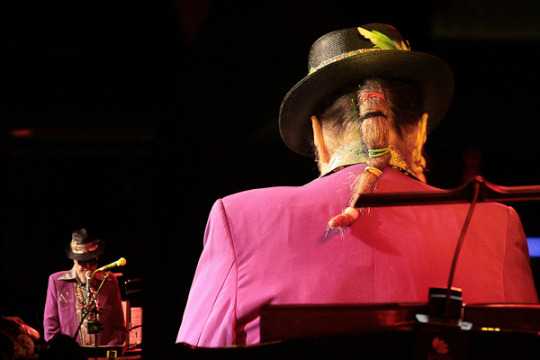
Compared with some of his previous incarnations though, tonight’s outfit is quietly restrained. Here he shuffles onto stage with dark glasses and a walking cane, like the villain of a David Lynch movie, to the night time atmospherics of a Louisiana swamp. His ponytail is tied with a series of bands giving it the appearance of some oddity from Eraserhead. Draped in a fedora hat, crocodile skin shoes and necklaces of assorted bones and teeth, the Dr. John persona is carefully cultivated to express the voodoo mystique of the city he loves.
Settling at a piano dotted with skulls he’s somewhat detached from the audience at Under the Bridge and it’s exuberant trombonist Sarah Morrow who fills the void, coming front of stage to solo and hang the trunk of her instrument out over the crowd like an exploratory elephant. The punters adore her and the Lower 911 are clearly enjoying themselves as they rattle through the Doctor’s creole-infused back catalogue. Joined by the talented Jon Cleary on keyboards, who had earlier provided a support set of Alain Toussaint covers, it’s a great line up. Cleary’s feet kick out under the piano as if, up on top, he’s being smothered with a pillow, and so, is perfectly in tune with the gothic, cartoonish hue of the Dr. John enterprise.

The performance languishes mid-set with brackish renditions of standards like ‘Let the Good Times Roll’ and ‘When the Saints Go Marching In’, and features none of the psychedelic rock Rebennack burst on the scene with in the late ‘60s. However his recent collaboration with The Black Keys’ guitarist Dan Auerbach on the critically acclaimed ‘Locked Down’ comes through strongly; from the album’s title track to the strolling blues of ‘Big Shot’ and the hustling rhythms of ‘Ice Age’. The pure funk of ‘You Lie’ is a particular highlight. His contribution to the soundtrack for Sleepless in Seattle, ‘Makin’ Whoopee’, surfaces, as does ‘My Indian Red’, a song performed on HBO’s Treme.
The subterranean venue has the weight of Roman Abramovich’s footballing ambition pressing down on it, not to mention the presence of some blank and intimidating Russian security staff, but it does have great acoustics. And after an hour and a half’s blizzard of jazz, funk, boogie woogie and blues the self-styled Night Tripper exits to the rapturous thunder of the sell-out audience, without so much as a wobble. And, belatedly, the trace of a smile on his lips.
Words by Adrian Cross
Photo by Richard Gray

0 notes
Text
1 note
·
View note
Text
Treme: Music From The HBO Original Series, Season 1
Treme: Music From The HBO Original Series, Season 1 https://open.spotify.com/track/5p2ibhZekszYTvvGa0c50J
0 notes
Text
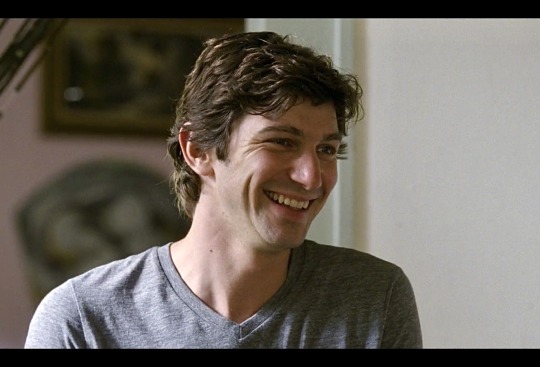
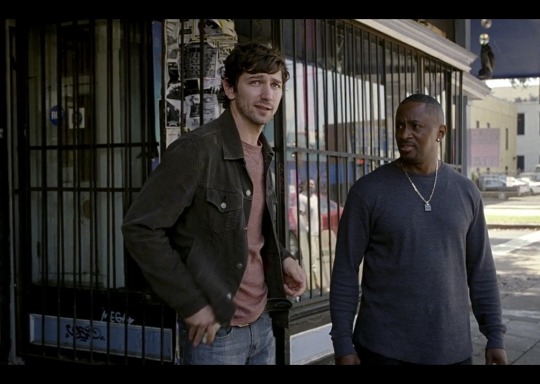
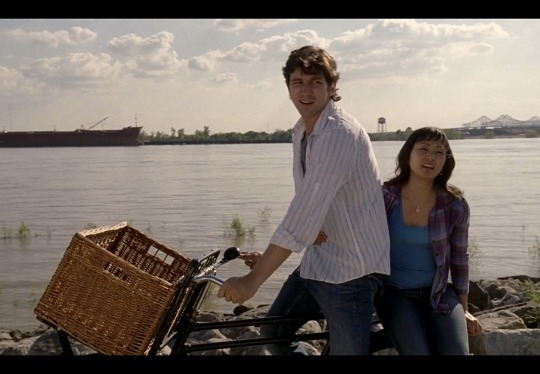
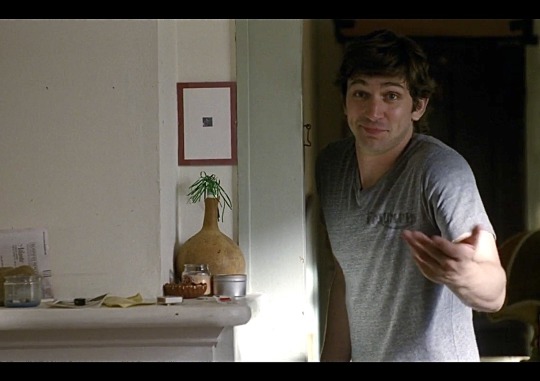
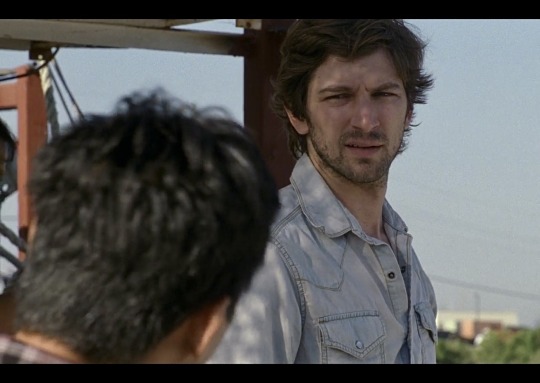
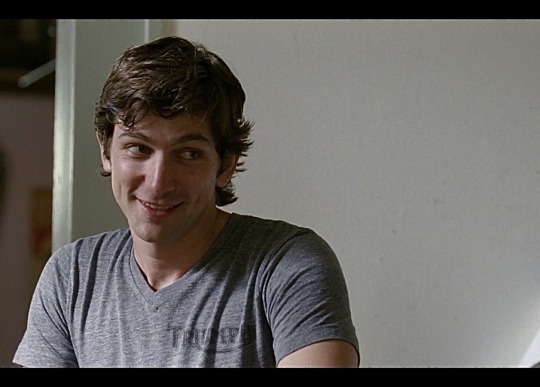
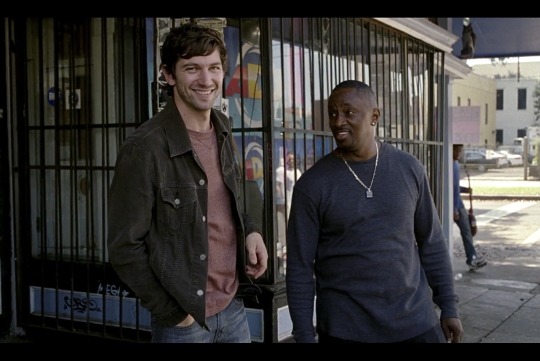
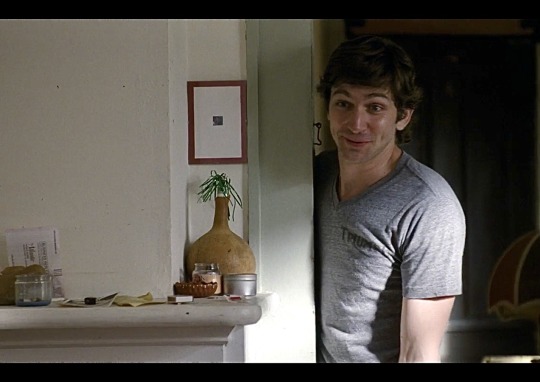

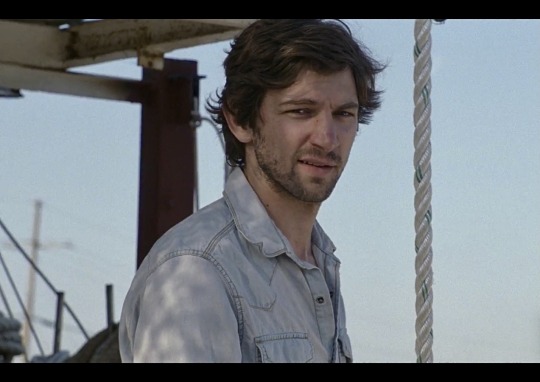
PROTECT THIS MAN AT ALL COSTS
(Michiel Huisman as Sonny on Treme)
26 notes
·
View notes
Photo



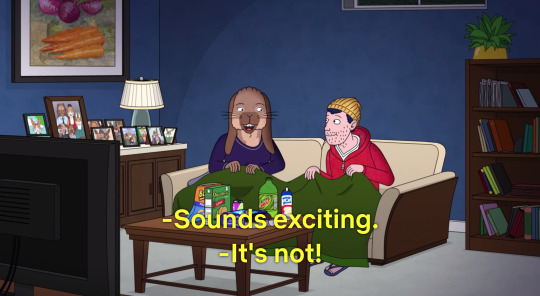
Treme on HBO.
#john goodman#treme#hbo#netflix#khandi alexander#rob brown#chris coy#kim dickens#new orleans#jazz#hurican katrina#bojack horseman#todd chavez
115 notes
·
View notes
Text
Treme Season 2 Sonny (a.k.a. Long Hair Sonny)
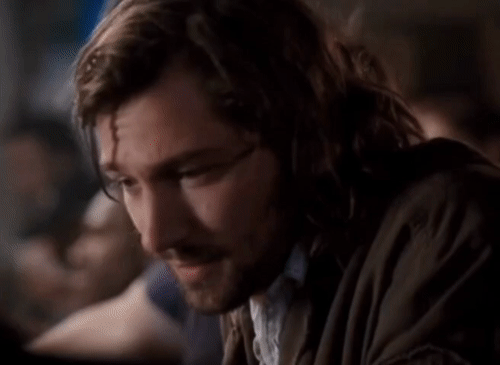


"Treme" (2011)
#michiel huisman#best actor#heel mooi#sonny#dopamine#treme#nola#hbo#michiel huisman edit#michielhuisman#the affliction#my gifs
7 notes
·
View notes
Text
Sonny. Play me like you play your keyboard you sexy mf 💙😏
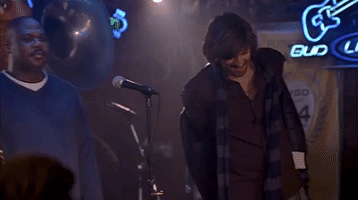
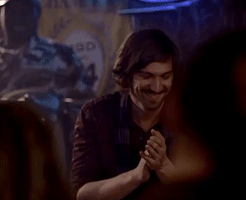
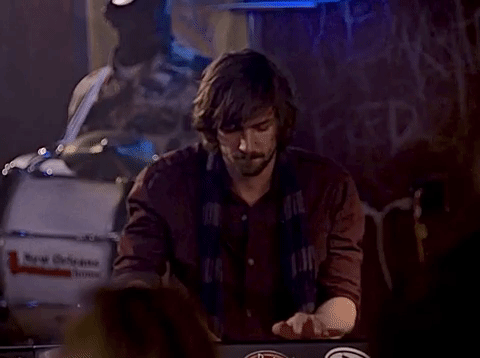
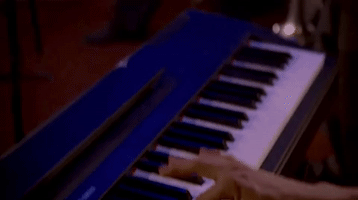
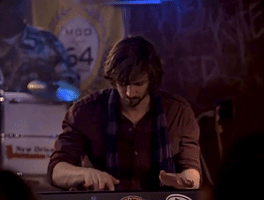
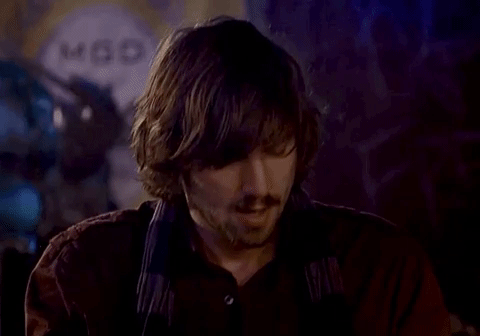
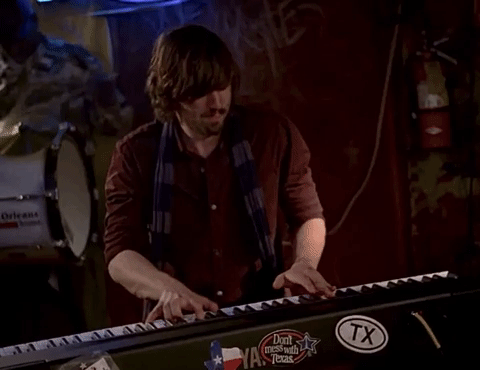
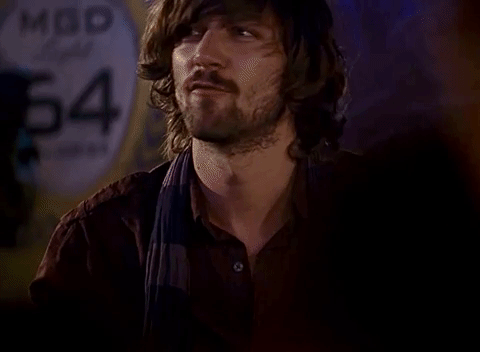


Also, why do they shoot in such bad light, don’t they understand I have gifs to make!? 😭
#addicted to michiel#michiel huisman#swoon worthy#stanning michiel#perfection#he’s so hot i can’t even stand it#michiel obsessed#michiel huisman appreciation#dimple alert#michiel huisman edit#mhuismanedit#sonny#treme hbo#his hands tho
22 notes
·
View notes
Text
Thème du jour.
Emballés par The Wire, on a enchaîné avec Treme, l’autre série de David Simon, qui s’intéresse aux vies d’habitants de La Nouvelle-Orleans six mois à peine après l’ouragan Katrina en 2005. C’est vraiment génial, quoique très mélancolique. Tous ces morts, toutes ces maisons dévastées, et l’absence de réaction du gouvernement qui tarde à venir en aide à la population, qui se moque, il faut bien le dire, des plus touchés, souvent les plus noirs, les plus pauvres.
Pourtant, les habitants, musiciens pour la plupart, passionnés, faux culs ou tendres, ou les deux, essaient de vivre malgré tout, en gagnant trois sous par-ci par-là en jouant des gigs, en célébrant la vie qui palpite, qui demandent peu, de la joie, une fanfare, la vérité, une bonne ligne mélodique, un coup de vin, ou un bonne recette.
Série remarquable encore, qui serre le cœur. J’ai une envie folle d’aller visiter cette ville et sentir cette pulsation qui a l’air si spéciale, si forte.
J’ai alors pensé aussi à cette chanson d’Emily Jane White qui chante à sa façon un appel à l’aide, pour ceux qui ont tout perdu ce jour-là. (Et j’ajoute qu’on a pris nos places pour son concert le 14 février).
1 note
·
View note
Photo

#treme 💿 Uma série sobre adversidade 🖤 #instaseries #tvseries #series #serie #dvd #tvshow #seriados #hbo #neworleans #blacklivesmatter #tv #dvdcollection #dvdcollector #hboseries #music 📺 https://www.instagram.com/p/CA8fEjMj7WV/?igshid=mwot8w1s1lqq
#treme#instaseries#tvseries#series#serie#dvd#tvshow#seriados#hbo#neworleans#blacklivesmatter#tv#dvdcollection#dvdcollector#hboseries#music
0 notes
